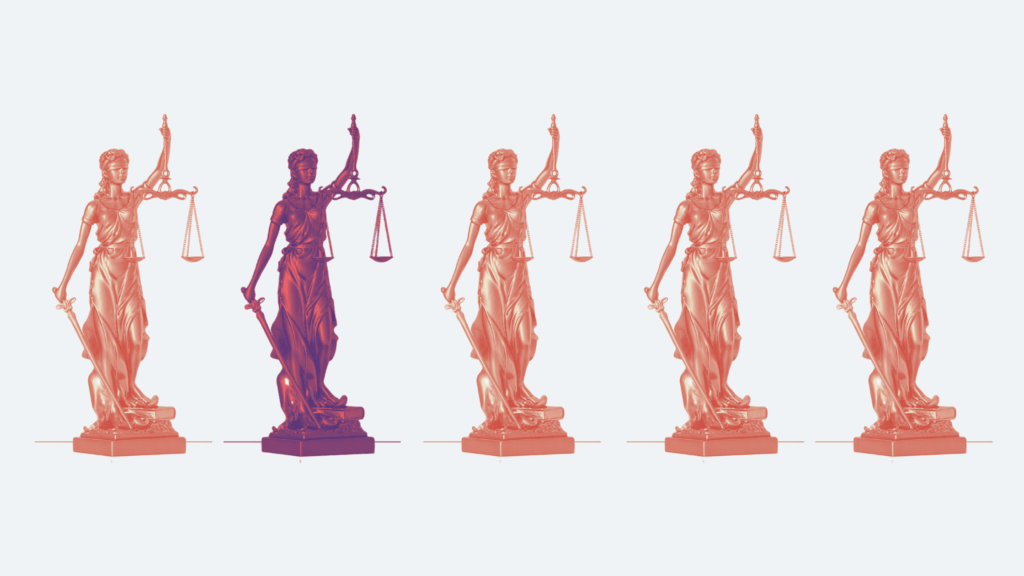Juvenile delinquency has become an important theme of discussion while analysing the criminal law in India and such crimes committed by adolescents have been a part of the deviance and group conflict in various societies. A juvenile is an individual who has not yet attained the age of eighteen or could be deemed as a person who hasn’t attained adulthood. In the Indian context, Section 2 (k) of the Juvenile Justice Act, 2000 defines ‘juvenile’ or ‘child’ as a person who has not completed eighteen years of age. In developing countries, the issue of juvenile delinquency is a very serious concern as it is often deemed to be related to the subject of neglect and abuse. Delinquency is attributed to multiple socioeconomic and psychological reasons like poverty, lack of education, familial conflict, abuse, rural-urban migration, lack of socialisation and insufficient moral values.
The ‘Crime in India’ report 2018-20 indicates that there were over 93,000 crimes reportedly committed by juveniles in the country, with Delhi having the highest number of cases. In recent times, there has been an upward incline in the trends of crime rates against children and women committed by children itself. The mechanism of The Juvenile Justice Act was first established in 1986 to provide care, protection, treatment, development and rehabilitation of neglected or delinquent juveniles along with the adjudication and disposition of certain matters relating to delinquent juveniles.
The 2012 Nirbhaya case became a turning point in the juvenile justice system. It brought about a national discourse on juvenile crimes as one of the prime accused was a minor and was tried in juvenile court, thus escaping the death sentence. This created a massive uproar among the masses compelling the legal mechanisms to deliberate and amend the existing act into The Juvenile Justice (Care and Protection of Children) Act, 2015. The new provisions focused on using a child-centric approach in legal matters for delinquent children to provide them with a new start in life. The amendment also included the trial of individuals between 16-18 years of age as adults for the commission of heinous crimes like murder rape, drug trafficking and others mentioned in the act.
The act presents an argument that the treatment of children has to be done differently from that of adults where they should be able to have room for improvement and reformation. It echoes this view through the categorisation of offences into 3 categories – heinous, serious and petty and that no child who has broken the law be given a death sentence or life in prison. A separate justice system for children in conflict with the law thus gives the same for them.
It also attempts to undertake rehabilitation and social reintegration of children to enable them to have another chance at creating a better life through the conversion of juvenile justice boards as children’s courts to enhance the agenda of restorative justice. The act has stepped away from the obsolete and problematic terminologies such as ‘delinquent juvenile’ and ‘neglected juvenile’, attempting to substitute them with the term, ‘juvenile in conflict with the law’.
The 2000 bill was critiqued when the maximum punishment was restricted to three years however grave the crime committed and overturned with the introduction of the Juvenile Justice Act, 2015, where juveniles between 16-18 years were to be tried as adults. But the individualised assessments of adolescent mental capacity by the Juvenile Justice Board are subjective and violate the fundamental right to life and freedom under the Indian Constitution.
The Amendment Act, 2021, categorises serious offences i.e. offences with imprisonment for a term of three years and above, but not more than seven years as non-cognizable. Such offences include the sale and procurement of children, exploitation of child employees, employment of children for child begging, and giving liquor or narcotic drugs to a child. Treating them or trying them as adults would be a violation of the United Nations Convention on Child Rights which considers anyone under the age of 18 years as a child as well as it deviates from the progressive intention of the act to protect children against exploitative situations. The categorisations of cognisable and non-cognisable offences are also contrary to the general scheme of IPC which creates further confusion.
The emphasis on the rehabilitative and reformative objective of the act is far-fetched despite it being in operation for over three decades now. The recurring issues of deteriorating infrastructure, lack of trained personnel and detrimental state of reformative home detrimental condition with a lack of basic facilities also distance from the creation of a holistic reformative system. India is a welfare state in essence and has a responsibility to provide education, skill development and counselling, to the children under the acts of the Indian constitution but little has been done in this regard till now. Thus the enactment of an Act seems to be an easy feat, but implementation needs better efforts and requires necessary skills and expertise in the field.

